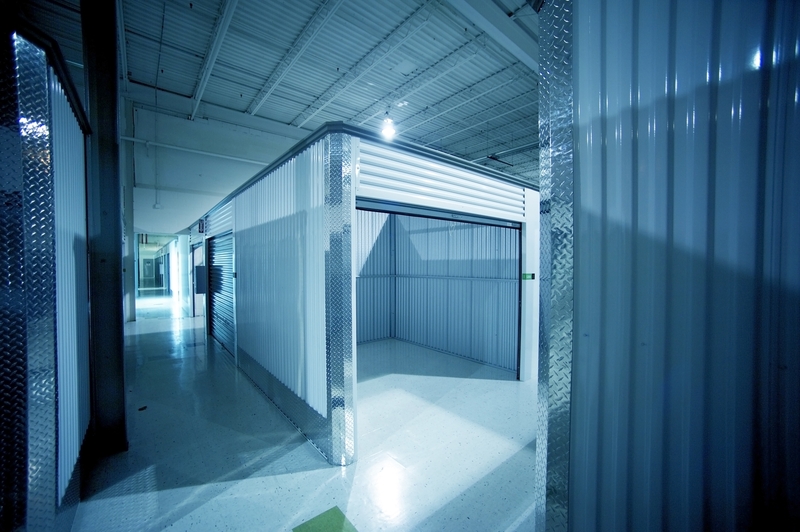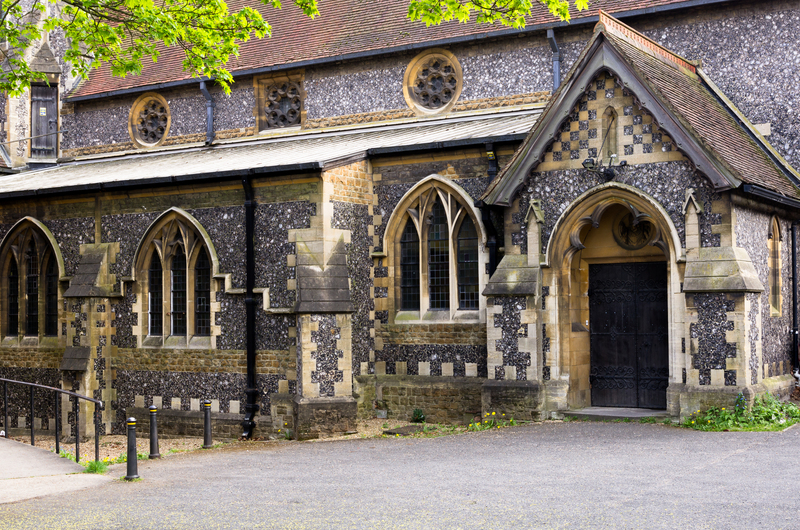UK Moving House: Your Comprehensive Guide to a Smooth Transition
 Moving house in the UK can be a daunting task, but with the right planning and resources, it can be a seamless experience. Whether you're relocating within the same city or moving to a different part of the country, understanding the intricacies of the process is crucial.
Moving house in the UK can be a daunting task, but with the right planning and resources, it can be a seamless experience. Whether you're relocating within the same city or moving to a different part of the country, understanding the intricacies of the process is crucial.
The UK offers a diverse range of housing options, each with its unique advantages and challenges. From bustling urban centres like London and Manchester to serene countryside locations in the Cotswolds or Lake District, the choice of location significantly impacts your moving strategy.
One of the first steps in the moving process is choosing the right moving company. It's essential to select a reputable and experienced mover who understands the local landscape and can handle your belongings with care.
Planning Your Move
 Effective planning is the cornerstone of a successful move. Start by creating a detailed checklist that outlines all the tasks you need to complete before, during, and after the move. This checklist should include everything from hiring a moving company to notifying utility providers of your change of address.
Effective planning is the cornerstone of a successful move. Start by creating a detailed checklist that outlines all the tasks you need to complete before, during, and after the move. This checklist should include everything from hiring a moving company to notifying utility providers of your change of address.
Budgeting for your move is equally important. Costs can vary widely depending on the distance of your move, the volume of your belongings, and the services you require from your moving company. It's advisable to obtain quotes from multiple movers and compare their services to find the best value for money.
Decluttering is another critical aspect of the moving process. Take the time to sort through your possessions and decide what to keep, donate, or dispose of. This not only reduces the volume of items to be moved but also simplifies the unpacking process in your new home.
Packing Efficiently
 Packing is an art that requires both organization and efficiency. Start by gathering all the necessary packing materials, including sturdy boxes, bubble wrap, packing paper, and tape. Label each box clearly, indicating its contents and the room it belongs to in your new home.
Packing is an art that requires both organization and efficiency. Start by gathering all the necessary packing materials, including sturdy boxes, bubble wrap, packing paper, and tape. Label each box clearly, indicating its contents and the room it belongs to in your new home.
When packing fragile items, ensure they are well-protected with padding to prevent damage during transit. It's also a good idea to pack essential items separately, so they are easily accessible when you first arrive at your new residence.
For larger items, disassemble them where possible to save space and reduce the risk of damage. Keep components like screws and bolts in labelled bags to make reassembly easier.
Moving Day Tips
 On the day of the move, stay organized and communicate clearly with your moving team. Ensure that all your belongings are packed and ready to be loaded onto the moving truck. Provide the movers with clear instructions about which items require special handling.
On the day of the move, stay organized and communicate clearly with your moving team. Ensure that all your belongings are packed and ready to be loaded onto the moving truck. Provide the movers with clear instructions about which items require special handling.
Keep important documents, valuables, and essentials with you during the move to avoid any loss or damage. This includes items like passports, jewelry, electronics, and a change of clothes.
Once everything is loaded, conduct a final walkthrough of your old home to ensure nothing is left behind. Check all rooms, closets, and storage areas thoroughly.
Settling into Your New Home
 After the move, take the time to settle into your new home comfortably. Start by unpacking the essentials and setting up the rooms you use most frequently, such as the kitchen and bedrooms.
After the move, take the time to settle into your new home comfortably. Start by unpacking the essentials and setting up the rooms you use most frequently, such as the kitchen and bedrooms.
Familiarize yourself with the new neighbourhood by exploring local shops, parks, and amenities. This will help you feel more at home and integrated into the community.
Don't forget to update your address with relevant institutions, such as banks, insurance providers, and the electoral register, to ensure a smooth transition.













